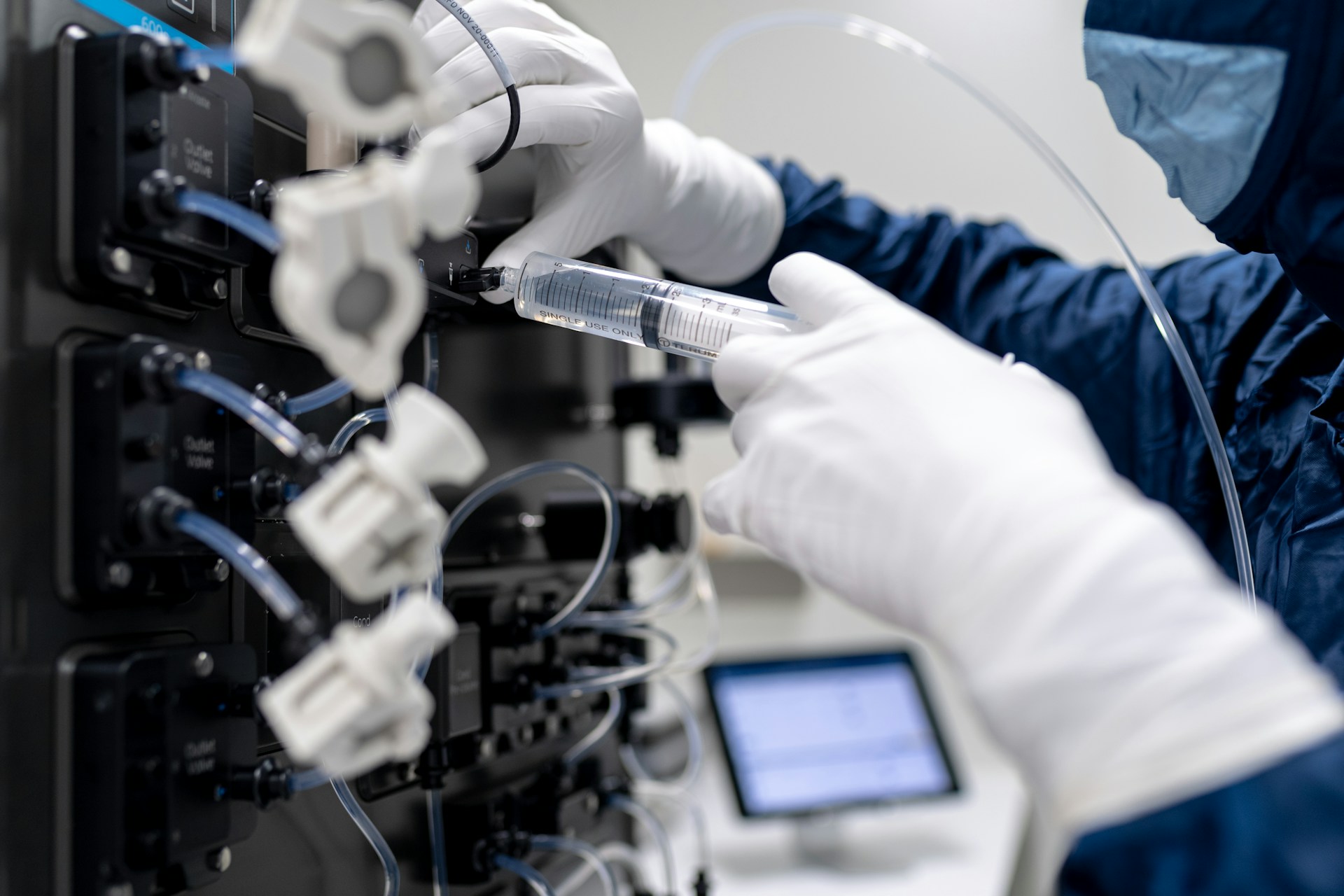
In today’s healthcare environment, innovative technology integration is no longer optional—it’s a necessity. Medical facilities across the globe are turning to advanced systems and tools to improve efficiency, accuracy, and patient outcomes. From AI-powered diagnostics to robotic-assisted surgeries, technology is changing the way healthcare teams operate. Yet, bringing innovation into hospitals and clinics involves more than just buying equipment. It requires new workflows, targeted training, and a clear focus on patient benefit.
The most successful facilities combine cutting-edge tools with strong leadership, engaged staff, and a commitment to continuous improvement. This blend ensures that technology not only works but works for everyone—patients, providers, and the community.
Transforming Patient Care With Digital Tools
Digital tools have redefined how medical teams manage patient care. Electronic health records (EHRs) allow instant access to patient histories, lab results, and prescriptions. This reduces delays, prevents duplicate testing, and enables smoother communication among specialists. In the past, a patient’s file might take days to transfer between departments; now, it’s available within seconds.
Telemedicine has also grown into a cornerstone of modern care delivery. For patients in rural or underserved areas, remote consultations mean they no longer need to travel for hours to see a doctor. This convenience has improved follow-up rates, increased patient satisfaction, and even reduced missed appointments. Some facilities have also started offering virtual group therapy sessions, online nutrition counseling, and remote physical therapy programs.
Artificial Intelligence in Diagnosis and Treatment Planning
Artificial intelligence (AI) is proving to be a powerful partner in diagnosis. AI algorithms can scan X-rays, CT scans, and MRIs, detecting early signs of disease with remarkable accuracy. For example, AI-driven dermatology tools can identify skin cancers from high-resolution images, sometimes catching problems before a human clinician would.
Beyond diagnosis, AI is transforming treatment planning. By comparing a patient’s health profile with millions of anonymized medical records, AI can recommend the most effective interventions. This allows doctors to personalize treatment instead of relying solely on general guidelines. In cancer care, for instance, AI-assisted systems can suggest tailored chemotherapy plans that balance effectiveness with minimizing side effects.
Robotics in Surgery and Recovery
Robotic-assisted surgery has moved from an experimental concept to a routine practice in many advanced hospitals. These systems allow surgeons to operate with enhanced precision, smaller incisions, and reduced recovery times. Procedures such as heart valve repairs, joint replacements, and tumor removals have all benefited from robotic assistance.
Recovery care is also evolving. Robotic exoskeletons now help patients regain mobility after severe injuries or strokes. In rehabilitation centers, these devices provide structured, repetitive movement training that accelerates recovery. Patients often report that the technology not only helps physically but also boosts their motivation to keep working toward their goals.
Real-Time Monitoring Through IoMT
The Internet of Medical Things (IoMT) connects wearable devices, bedside monitors, and hospital equipment into a unified system. Patients can wear sensors that continuously track heart rate, oxygen levels, and blood pressure. The data flows to healthcare teams in real time, allowing them to spot changes before they become emergencies.
Hospitals also use IoMT for operational efficiency. For instance, connected infusion pumps can alert staff when medication runs low, and intelligent inventory systems automatically track supply levels. This ensures that critical equipment and resources are always available when needed.
Addressing Data Security and Privacy Risks
With technology integration comes the critical responsibility of protecting patient data. Hospitals hold highly sensitive personal information, making them prime targets for cyberattacks. A single breach can damage trust and disrupt care.
To counter these risks, facilities must adopt strong encryption, secure networks, and multi-factor authentication for all systems. Staff training is just as necessary—many breaches occur due to human error, such as falling for phishing scams. Compliance with laws like HIPAA in the United States is essential to maintain both legal and ethical standards.
Overcoming Resistance Through Training and Change Management
One of the most common obstacles to technology adoption is resistance from staff. In a fast-paced medical environment, new systems can feel like an added burden rather than a benefit. Without proper support, even the most advanced technology can go unused.
Successful integration starts with involving staff early in the decision-making process. Offering demonstrations, collecting feedback, and addressing concerns before rollout can build buy-in. Once the system is in place, continuous training and technical support are essential. Gradual implementation—rather than overnight changes—also gives teams time to adjust without disrupting patient care.
Looking Ahead: The Next Wave of Innovation
The future of healthcare technology is even more promising. Virtual reality is already being used to train surgeons in complex procedures without risk to patients. Blockchain technology could provide an unbreakable chain of security for medical records. Predictive analytics could help identify at-risk patients before symptoms even appear, enabling preventive care that reduces hospitalizations.
However, the actual test of these innovations will be how well they integrate into real-world workflows. A hospital’s success with technology will depend on selecting tools that fit its culture, training its staff effectively, and keeping patient needs at the center of every decision.
Innovative technology integration is reshaping how medical facilities operate, from the way diagnoses are made to how patients recover. But the tools themselves are only part of the equation. The objective measure of success lies in how seamlessly they are woven into the day-to-day operations of healthcare teams.
When technology is paired with thoughtful planning, robust training, and a commitment to patient well-being, it becomes more than just equipment—it becomes a powerful driver of better health outcomes. The facilities that master this balance will lead the way in delivering faster, safer, and more personalized care for the future.